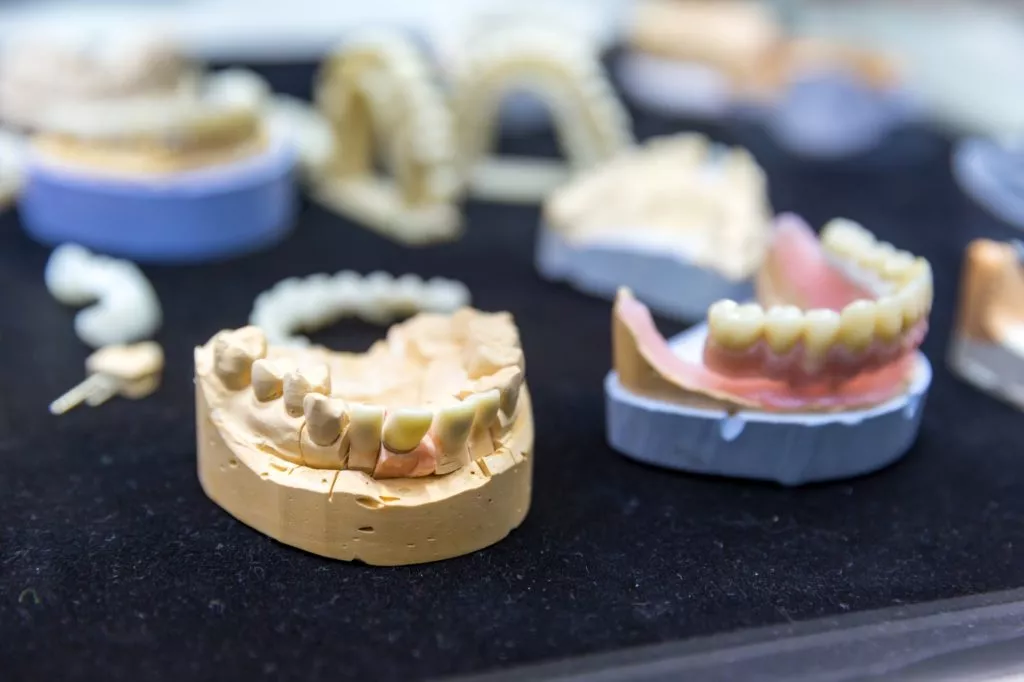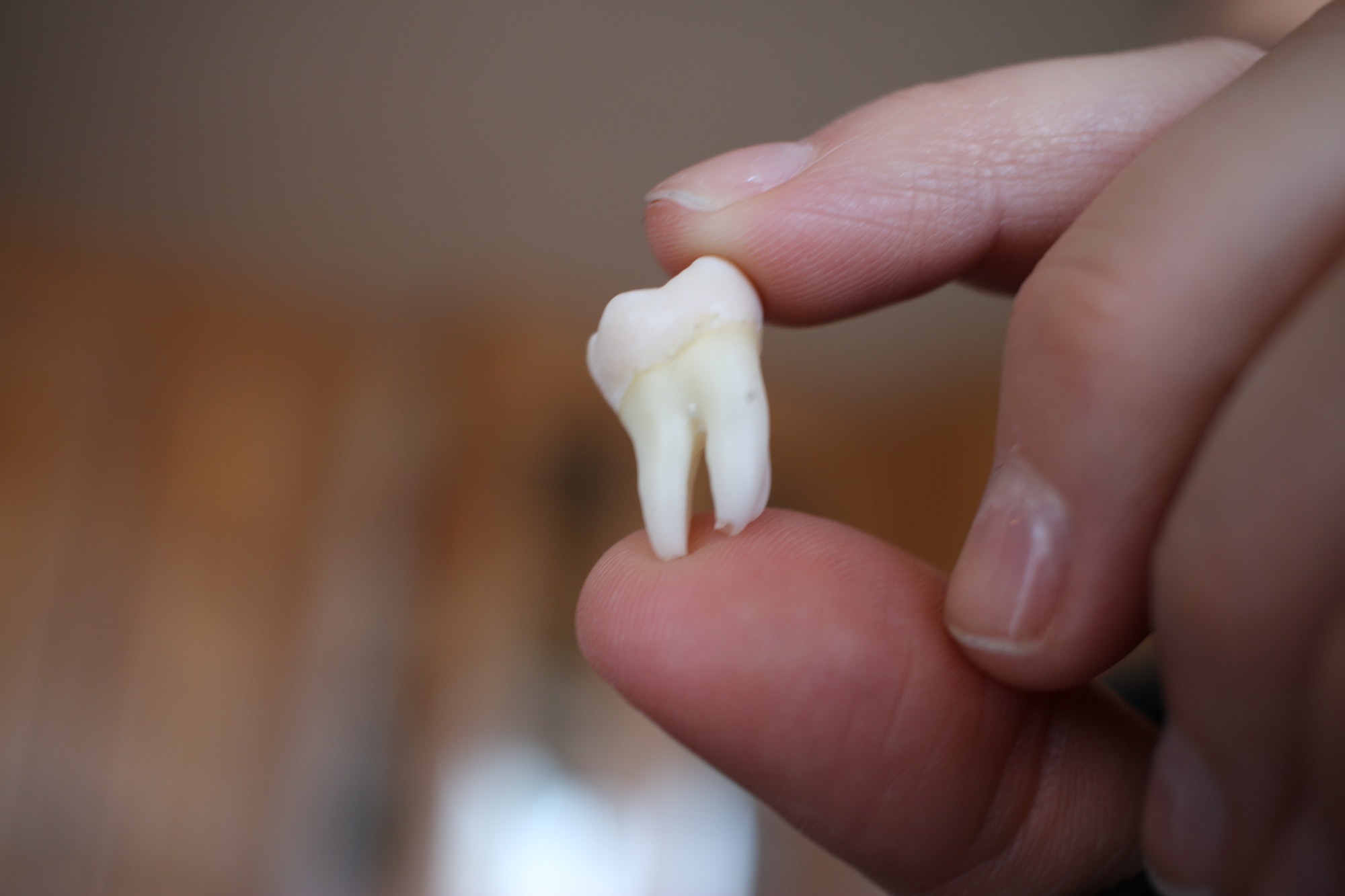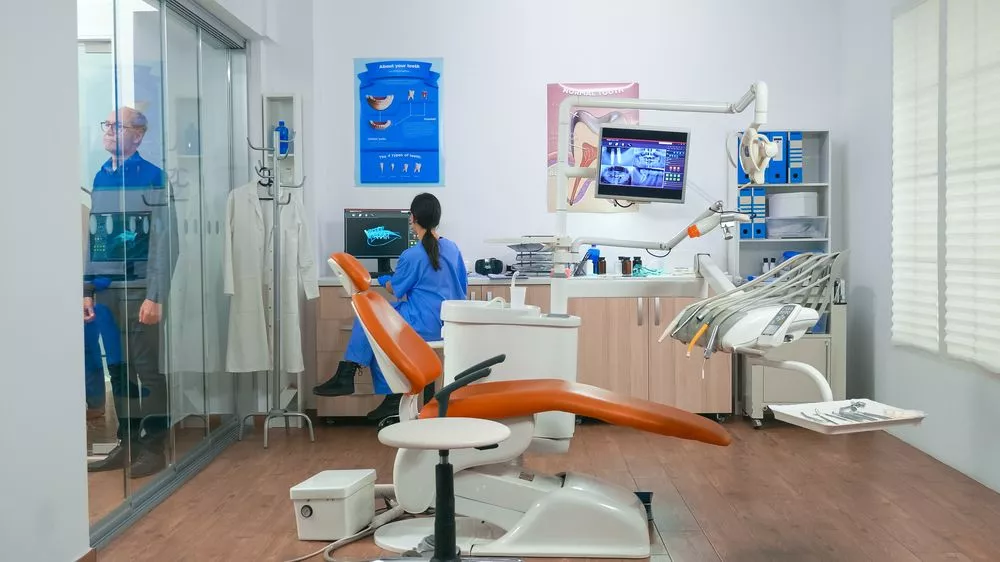Wisdom Teeth In Santa Paula
Make A Quick Appointment
Make A Quick Appointment
Frequently Asked Questions

What are wisdom teeth?
Wisdom teeth, also known as third molars, are the last set of molars that typically emerge in the back of the mouth during late adolescence or early adulthood. If you're in Santa Paula, consider our expert care for Wisdom Teeth in Santa Paula to ensure a smooth transition into adulthood.

Why do wisdom teeth often require extraction?
Many people's mouths are too small to accommodate wisdom teeth properly, leading to issues such as impaction, misalignment, or infection, necessitating extraction.

When should wisdom teeth be removed?
Wisdom teeth are often removed during the late teens or early twenties, before they cause complications. However, removal timing depends on individual development and dentist recommendations.

Is wisdom teeth extraction painful?
The extraction procedure is typically done under anesthesia, ensuring minimal pain during the surgery. Post-surgery, mild discomfort can be managed with prescribed medications and proper care.
What are wisdom teeth?
Most of us have heard of third molars or wisdom teeth. Still, not all of us know what they are, when they appear in our mouth, or what kind of problems or complications they can generate in the rest of our oral cavity, including our teeth and adjacent tissues.
Wisdom teeth, also known as third molars, are frequently seen as related to the appearance of pain, but this does not occur in all people, nor do they all experience complications. All these doubts and questions about Wisdom Teeth in Santa Paula will be addressed below.
The third molars or wisdom teeth are the last four molars located on each side of the jaws behind the second molars.
They are called wisdom teeth because of the age at which they appear since people at that age have more developed and complete wisdom than when the rest of the permanent dentition appears.
These usually appear in humans between 18 and 25 years of age and may never appear, although they can appear at younger ages or later. Sometimes only some of them erupt.
The appearance of wisdom teeth dates back to our ancestors when highly developed jaws were needed to ingest food that required more chewing, which is why they had more space to house the wisdom teeth.
However, as the human species changed its diet, smaller jaws began to develop. That is why you can find wisdom teeth growing in an inappropriate direction or shape today due to lack of space.
Wisdom Teeth In Santa Paula


What causes wisdom tooth pain?
Toothache is an unpleasant experience that perhaps at some time in our life we may have experienced, and wisdom teeth are no stranger to it; the reasons why it hurts when wisdom teeth appear are the following:
Most of the population does not have enough space, and the wisdom tooth emerges with difficulty. This can cause it to grow crookedly or in thewrong position causing pain, either because it pushes the neighboring tooth, presses the nerve that innervates the mouth, or some structure nearby.
Cyst formation occurs when the sac that surrounds (and in which the wisdom teeth are formed) fills with fluid.
The cyst can damage the jaw, teeth, bone, and nerves in the affected area. And if not treated in time, it can lead to major problems.
Common Symptoms of Impacted Wisdom Teeth
Many patients with impacted third molars have no symptoms, but when the patient reports discomfort, it is usually because these teeth are infected, associated with pericoronitis. It may be noted:
· Pain in the posterior area of the affected wisdom tooth.
· Inflammation of the face
· Trismus or limitation of mouth opening
· Halitosis or bad breath
· Tenderness with enlargement of the submaxillary ganglions.


How are wisdom teeth extracted?
In the case of requiring extraction of wisdom teeth either by presenting symptoms that harm the patient extraction is performed according to the following procedure:
· First, some type of local anesthetic will be applied to the area.
· After this, the gum tissue over the tooth or around it will be opened.
· In some cases, it is necessary to remove the bone surrounding the wisdom tooth.
· Then we proceed to extract the wisdom tooth, depending on the wisdom tooth’s position and anatomy because some of them require sectioning into parts to make it easier to extract.
· After the wisdom tooth has been extracted; stitches may be needed, then these should be removed 5-7 days after the surgery.
· A gauze dressing will be placed to bite down on for 30 – 45 minutes to stop the bleeding.
Why Choose Channel Islands Family Dental Office?
Schedule Your Appointment In 4 Easy Ways

Wisdom Teeth
Wisdom teeth, also known as third molars, are frequently seen as related to the appearance of pain, but this does not occur in all people, nor do they all experience complications. All these doubts and questions about Wisdom Teeth in Santa Paula will be addressed below.
When do we need an oral surgeon?

How long is the recovery time?

After wisdom tooth extraction, you will likely experience pain and swelling, and there may be some bleeding.
As the wound heals, you must take care not to dislodge the blood clot or injure the healing gums and eat a soft diet for the first few days after the procedure. Brush your teeth with a soft-bristled toothbrush, avoiding the extraction site.
The expected recovery time for wisdom tooth extraction is three to four days, although it can be extended to more than a week. Recovery time depends greatly on the severity of the impacted wisdom teeth and how they were erupting.
What medications are taken?

Nonsteroidal anti-inflammatory drugs are a safe way to relieve wisdom tooth pain and also help reduce inflammation.
On some occasions when an infection is present, antibiotics may be recommended, either before and/or after wisdom tooth extraction, as long as they are prescribed by our dentist in Santa Paula or our oral surgeon.
Wisdom Teeth In Santa Paula
Financing Options
Payment plans as low as 99/month (*on approved credit)



Our Location
We have the experience and expertise to deliver high quality dental specialty care. Contact us today with your dental questions or to schedule your appointment.
Office Hours
| Monday – Friday | 9:00am – 6:00pm |
Phone Number

















